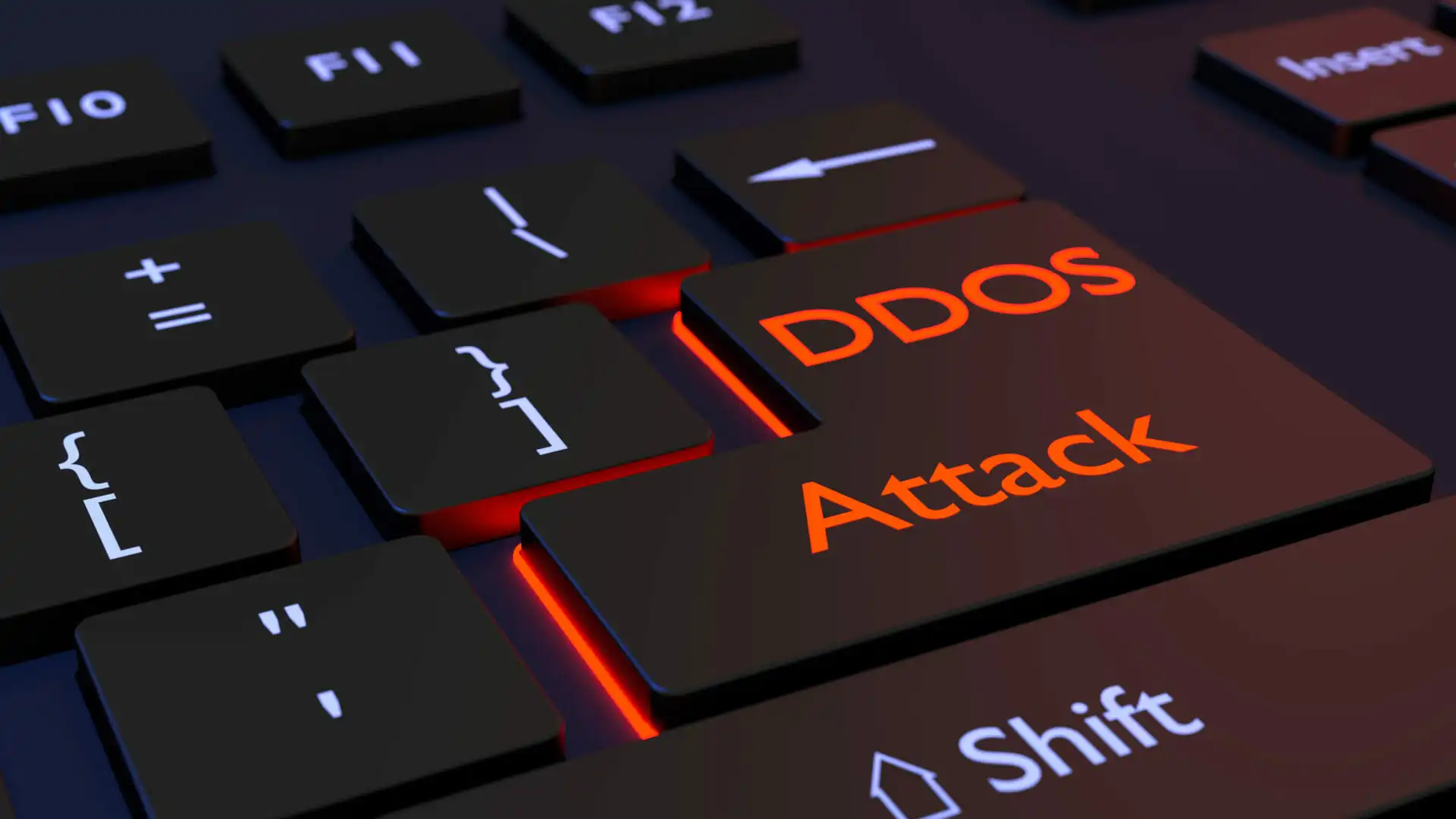The digital landscape is facing an escalating crisis as distributed denial-of-service (DDoS) attacks surge in both frequency and magnitude. A recent, unprecedented 11.5 Tbps DDoS attack has set a new record, underscoring the growing threat to online infrastructure and security. This hyper-volumetric UDP flood, which lasted a mere 35 seconds, delivered an unparalleled volume of malicious traffic, marking a new high in network bandwidth consumption.
The Anatomy of the Attack
The record-breaking assault was characterized as a hyper-volumetric User Datagram Protocol (UDP) flood. UDP floods are a common yet potent form of DDoS attack that overwhelms a target with an immense volume of UDP packets, saturating bandwidth and exhausting computing resources. In this particular instance, the attack peaked at 5.1 billion packets per second (Bpps), demonstrating the sheer scale of the onslaught. The attack traffic originated from a combination of compromised IoT devices and cloud providers. Attackers exploit cloud platforms because they offer unlimited bandwidth through pay-as-you-go models, global infrastructure for distributed attacks, and legitimate traffic appearance that may bypass security filters.
A Growing Trend
This 11.5 Tbps attack is not an isolated incident but rather a part of a broader trend of escalating DDoS activity. Cybersecurity firms have reported a dramatic year-over-year increase in the frequency and volume of such attacks. Cloudflare, for instance, blocked 20.5 million attacks in Q1 2025, representing a 358% increase compared to the previous year. This indicates that organizations must be more vigilant and proactive in safeguarding against high-intensity cyber disruptions.
The Impact and Implications
DDoS attacks can have devastating consequences for businesses and organizations. By overwhelming a target's network and rendering online services inoperative, these attacks can lead to significant downtime, financial losses, and reputational damage. The increasing sophistication and scale of DDoS attacks pose a significant challenge to traditional security measures, necessitating more advanced and adaptive protection strategies.
Defensive Strategies
In light of the growing DDoS threat, businesses must adopt robust and multi-faceted security measures. Some key strategies include:
- DDoS Protection Tools: Investing in DDoS mitigation services that use AI and machine learning to detect and mitigate large-scale attacks in real time.
- Traffic Analysis and Monitoring: Employing traffic analytics to identify anomalies and potential threats early on.
- Incident Response Plan: Developing a comprehensive plan for responding to DDoS attacks, ensuring swift and effective action during an assault.
- Resilient Network Architecture: Implementing a network architecture that can withstand high volumes of traffic, using load balancers and redundant systems.
- Rate Limiting: Managing the number of requests a server processes within a specified period to diminish excessive traffic.
- Multi-Layered Protection: Implementing security measures across all seven OSI layers, from network infrastructure to application security.
The Role of AI
Artificial intelligence (AI) is playing an increasingly crucial role in both executing and defending against DDoS attacks. Hackers are leveraging AI to launch highly targeted attacks that dynamically adjust to defense mechanisms. On the other hand, AI is also being used to enhance detection, predict attacks, and enable autonomous and rapid responses.
Conclusion
The unprecedented 11.5 Tbps DDoS attack serves as a stark reminder of the escalating threat landscape and the importance of robust cybersecurity measures. As DDoS attacks continue to grow in scale and sophistication, organizations must prioritize proactive and adaptive strategies to protect their online infrastructure and maintain the trust of their customers. By staying vigilant and leveraging the latest technologies in DDoS mitigation, businesses can better defend against these evolving threats and ensure the continued availability of their critical services.















